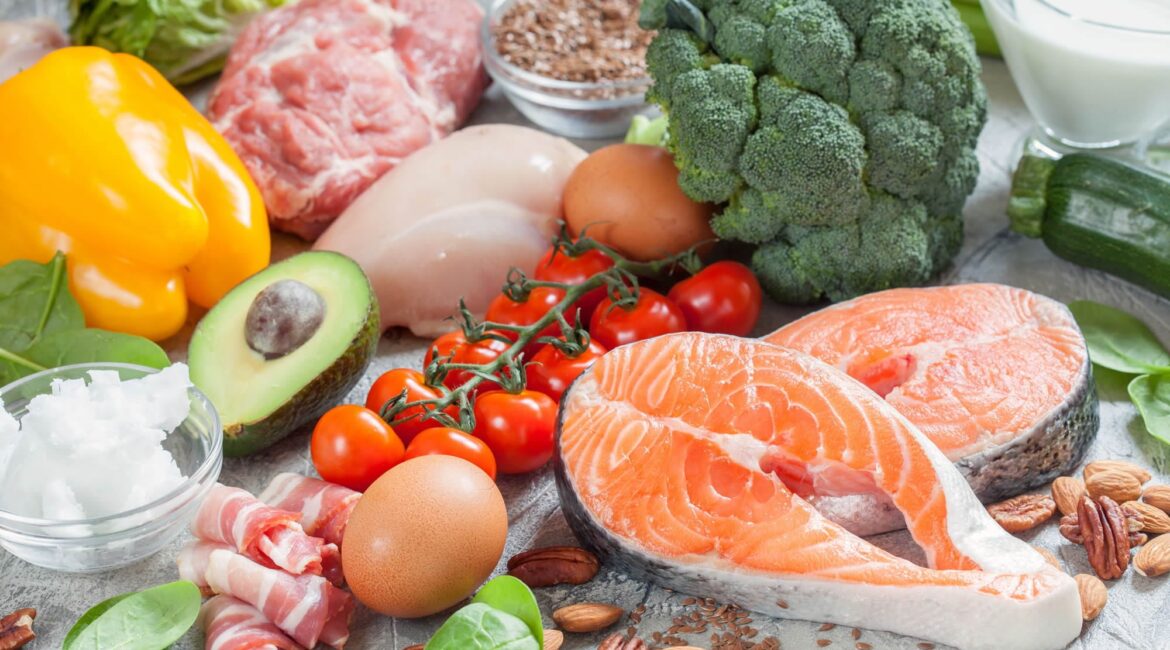Opting for a proper diet plan can make the diabetes management and/or weight loss journey a lot less daunting. However, given the different types of diets and tons of conflicting data available on each one of them on the Internet, picking a diet plan can often prove to be more difficult than sticking to it. Here we will discuss the differences between the three diets that are gaining popularity — Paleolithic diet, Keto diet and ‘Indian’ LCHF diet — due to their high success among diabetics, obese and others.
The Paleolithic Diet
The Paleolithic diet, simply referred to as the Paleo diet, is based on the consumption of foods presumed to have been consumed by the hunter-gatherers. The advocates of the Paleo diet believe that eating foods that were only available to humans during the Paleolithic age will promote ideal health.
Paleo diets leave no room for consumption of processed food, grains, legumes, sugar and even most sources of dairy. You’ll not be spoilt for choice on a Paleo diet as the eating options are limited to fruits, vegetables, meat, eggs, nuts, unrefined fats, and nominally processed sweeteners like honey, coconut sugar etc.
While the diet in itself is pretty healthy, sticking to it may be difficult for people who are either vegetarians or have a tough time resisting processed food.
Also, we on dLife.in are not a big fan of fruits to diabetics as they are high in fructose and sugars, by and large. Additionally, eliminating one food group — dairy — completely makes it more challenging for Indian vegetarians.
The Ketogenic Diet
Unlike the Paleo diet which focuses on choosing the type of food, the Ketogenic (Keto) diet is centered on manipulating the daily macros to ensure high consumption of fat.
The goal of the Keto diet is to deprive the body of glycogen/glucose by altering the macros to enter a metabolic state called nutritional ketosis. In this state, the body uses calories from fat, instead of carbs, for energy and thus Keto works wonders for losing fat, and also to maintain relatively stable-and-flat blood sugar readings throughout the day.
Deriving 70%-80% of your daily caloric requirements from fat while restricting the carb consumption to just 5%-10% has been shown to induce ketosis. The consumption of protein needs to be kept in check too, as relying on protein for more than 25% of your daily caloric requirements can kick you out of the state of ketosis.
While the Ketogenic diet is very effective as you drop pounds quickly, and blood sugar levels are not witnessing the wild swings while feeling satiated, sticking to it can be very demanding for vegetarians and vegans alike. It’s not a cakewalk for non-vegetarians either, as entering the state of ketosis is accompanied by Keto flu and carb cravings. It can take anywhere between four to six weeks to be fully fat adapted. Community members like Shashikant Iyengar, Elle Jay, Prabhuraman, Vinay Raj and others do follow keto diet and have seen amazing blood sugar control.
The “Indian” Low Carb High Fat Diet
As the name suggests, the Indian LCHF diet is grounded on consuming higher-than-normal amounts of fat, and reducing the carb consumption on a daily basis. The LCHF diet is a laxer version of the Keto diet as it allows room to derive about 20% of your daily caloric requirements from carbs.
However, unlike its stricter counterpart, the LCHF diet is easier to stick to for everyone as it is not associated with flu or carb-withdrawal. Since the Indian diet is highly carb-reliant and a vast proportion of Indians are vegetarians, switching to Indian LCHF diet will be easier than both Keto and Paleo diets.



